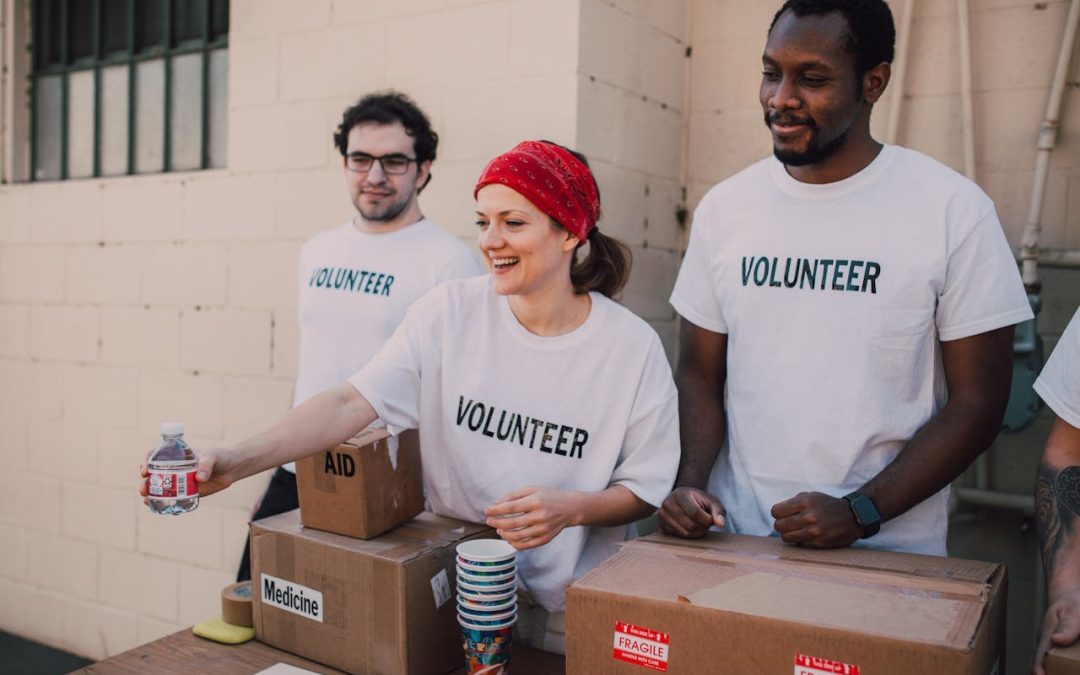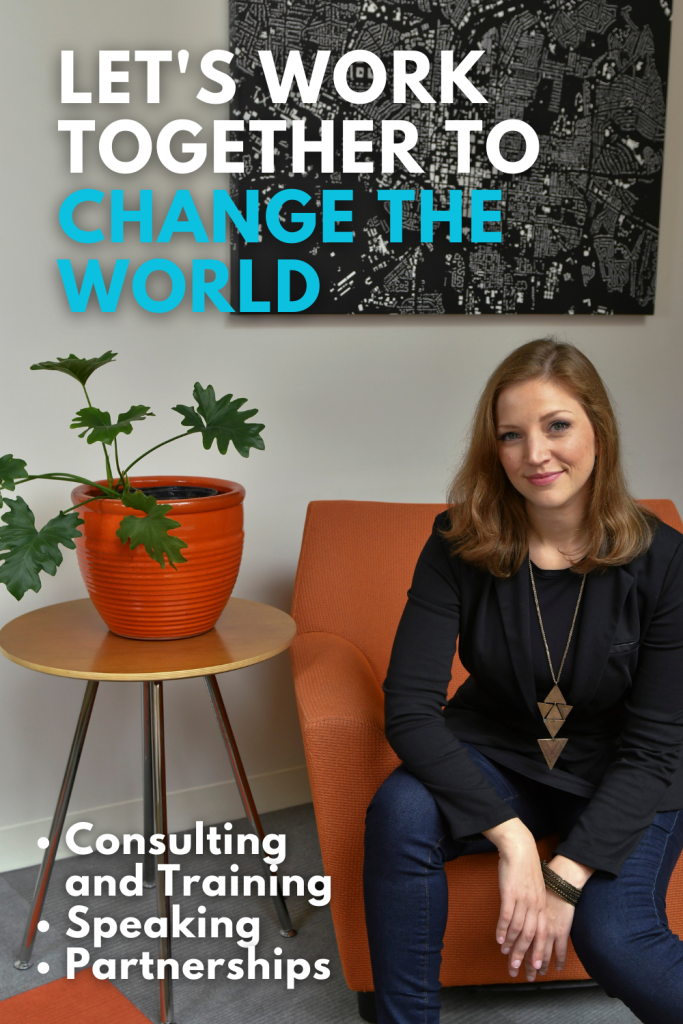Some standout, discussion-worthy responses include: “I’ve had a bad experience in the past.” “I haven’t been asked to volunteer.” “I hadn’t thought about it.” All three of those things are things we can do something about in our role as nonprofit or social impact leaders. Like aligning your team around how to make sure volunteer experiences feel welcoming and positive for people. In other cases, just making sure people are aware of your work, and actively inviting people to participate, can bring in more volunteer support. Sure, it won’t get everyone, but it will reach some! Some other common reasons I’ve seen for hesitation to volunteer include:
Strategies to Recruit VolunteersNow that we understand some reasons people might not engage, let’s talk about some strategies for mitigating that hesitation. Flexibility The fear of long-term commitment can be addressed by creating micro- or one-time volunteer experiences. Yes – we need people who can commit for the long haul, too. But shorter-term opportunities can get people in the door to learn more about the great work you do, and that can be the beginning of a beautiful long-term friendship. 🙂 In my past organization, we did a survey of our volunteer base to understand reasons they did or did not volunteer. One response intrigued us: “I don’t want to sacrifice family time.” So, we started offering more opportunities for people to volunteer together as a family. The effort was so successful that family volunteering became an entire program for our organization, resulting in new volunteers and also, new donors (because when people form special bonds with your cause, many will also support it financially). Messaging the Mission It’s really important people see the line between their volunteer tasks and your ultimate mission. It’s 100% fine to ask a volunteer to help with cleaning up your nonprofit’s lobby, use their skills for accounting tasks, and more – you just have to explain how those things matter to your bigger cause (ending homelessness or improving education, etc.). There’s a famous story about what happens when people see the connection between their efforts and the bigger mission. You might have heard the anecdote about NASA’s janitor. If you haven’t, the story goes that during a visit to NASA in 1962, President John F. Kennedy noticed a janitor sweeping the floor with a broom. The President walked over to the janitor and asked him what he was doing. The janitor replied with a smile on his face: “Well, Mr. President, I’m helping put a man on the moon.” Smart volunteers understand that it takes a lot of effort – from cleaning up the lobby, to the administrative background work, to the direct service itself – to make a mission successful. So talk about it. When people volunteer, explain how their tasks connect to the ultimate goals. “By helping get our lobby tidy, you’re freeing up time for our vet techs to care for more animals,” and so forth! Reduce Confusion Would you sign up for an event or activity if you had no clue what you’d be doing once you got there? Neither would many volunteers. It’s important to create clear, detailed volunteer opportunity descriptions that include all the necessary details – when, where, what they’ll be doing, and what impact they’ll be making. Will they need to wear certain shoes? Park in a specific place? Leave as few details up to uncertainty as possible. This increases confidence, and the likelihood of getting sign ups. And Communicate But volunteers aren’t “recruited” until they come through the proverbial door, right? So, once you do get sign ups, you’ve got to retain them, and solid communication is key here. In my past work, I had a “3 email rule”. It meant me and my team:
If your team is on the ground a lot (and not at their desks), there are ways to achieve this without constant oversight of your sign up system too. You could have email auto-replies kick out when someone signs up, or better yet, use a volunteer management system that does this for you automatically (there are many tech solutions out there). Make it a Welcoming Environment We touched on this before, but it’s worth repeating. Volunteers (or any humans for that matter) don’t stick around in places they don’t feel welcome. It doesn’t mean you have to bend over backwards, or provide top notch snacks (though pro tip: Most kinds of snacks always help, if you can swing it). Mostly, it just means you need to be kind. And give volunteers an opportunity to build community with each other, too (and if possible, to build community with those they’re serving, too – but with empathy, equality, and dignity, not in an icky exploitative way.) It seems obvious. But, we’re still seeing “I had a bad past experience” high on the “reasons someone doesn’t volunteer” list. Final ThoughtsAt the end of the day, remember volunteers are human, like any of us. And time is a human’s most precious gift. There are ways to make volunteering fulfilling and ensure it meets genuine needs for your cause!
|


